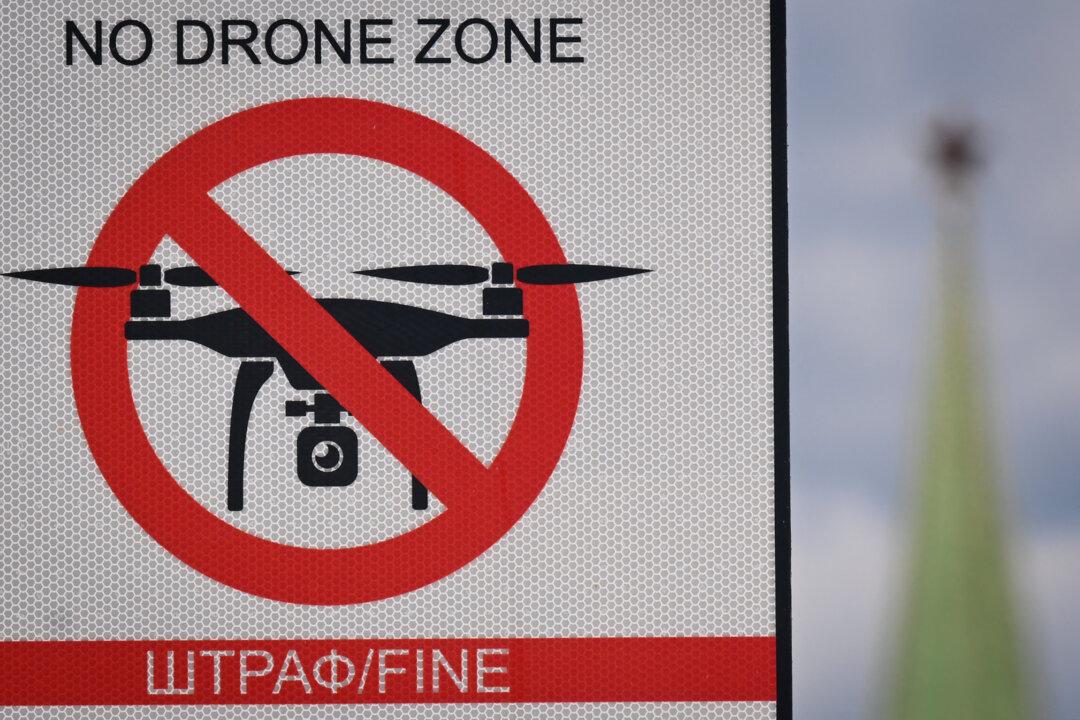U.S. ARMED FORCES, Iraq—The air war against ISIS is a tricky one for U.S. pilots. Without American troops on the ground, it’s hard to tell friend from foe.
In Operation Inherent Resolve—the coalition air war against ISIS—airstrikes are based on information relayed from airborne intelligence, surveillance, and reconnaissance (ISR) aircraft, both manned and unmanned, as well as from foreign ground forces such as the Iraqi Security Forces and the Kurdish peshmerga.
“There’s lots of parties involved and no comms with the guys on the ground,” an A-10 pilot, an Air Force major, said, speaking on condition of anonymity due to security concerns.
He added, “The fog of war is thick.”
For U.S. pilots in Operation Inherent Resolve, it is a constant challenge to clearly identify targets or the forces they are supporting. ISR has been a key component of counterinsurgency operations in Iraq, Afghanistan, and other sites. But information from ISR has practical limits (in sensor video feeds, humans are reduced to glowing infrared blobs) and communications with foreign ground units does not always provide clear situational awareness of the battlefield.





